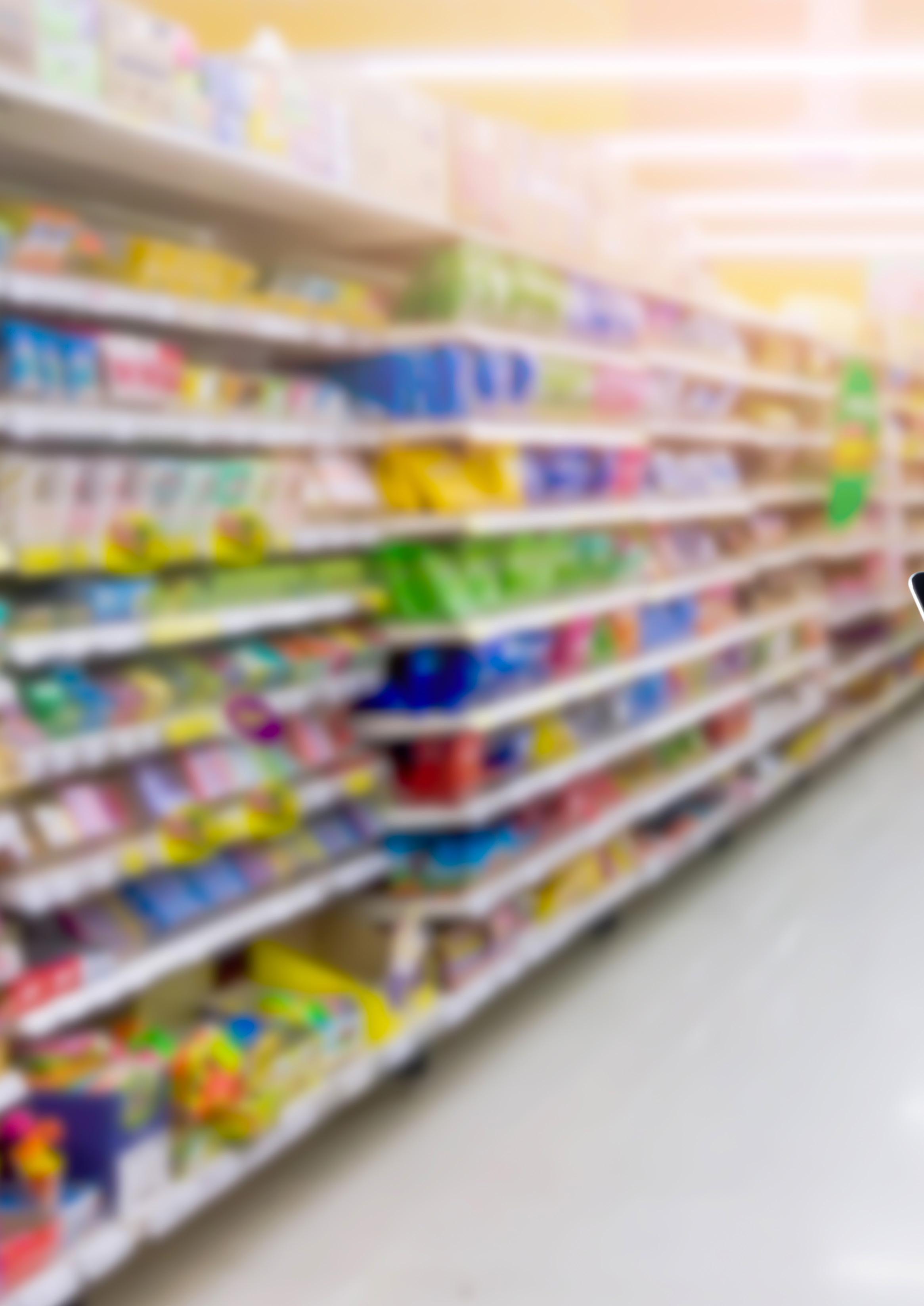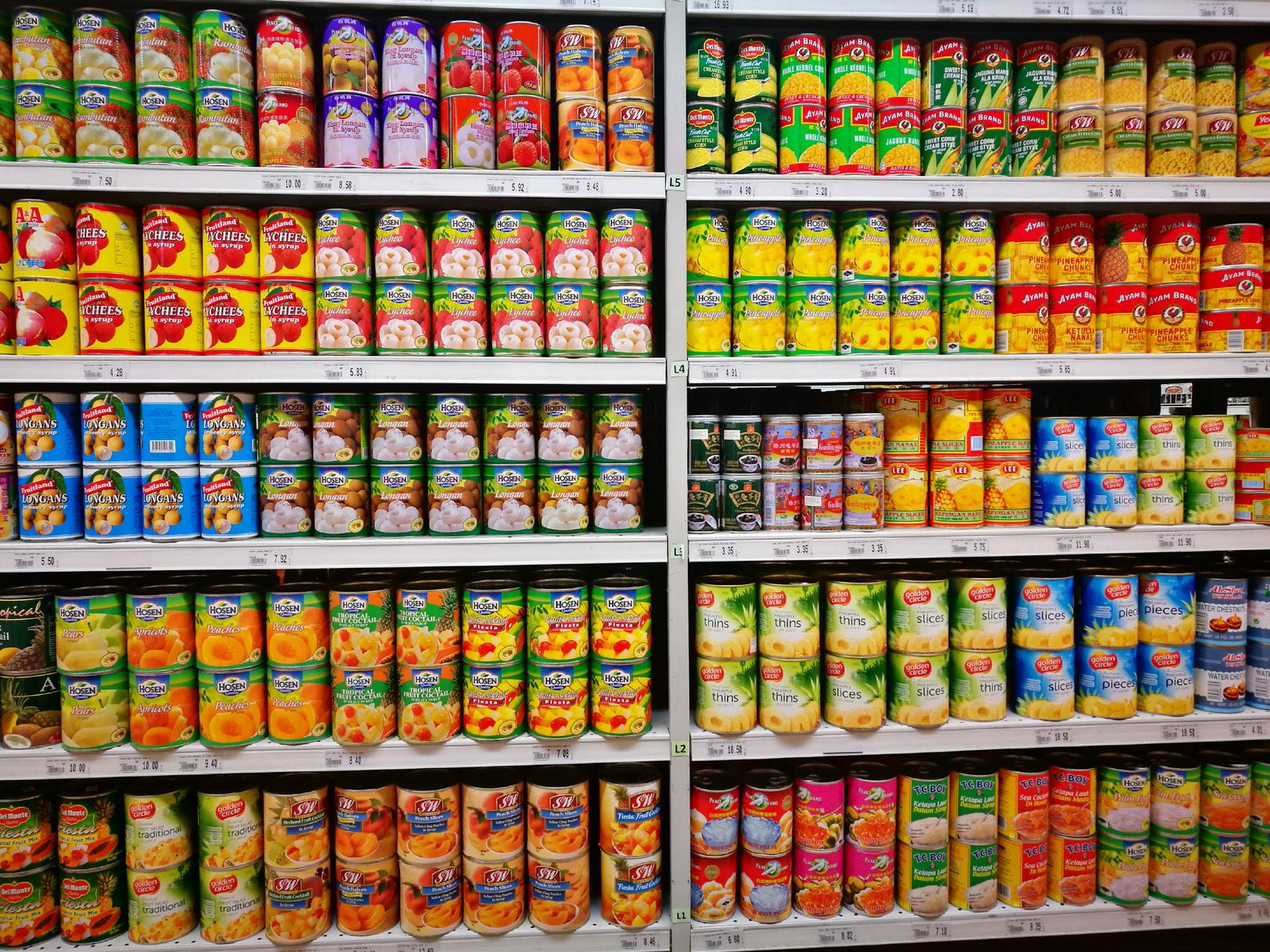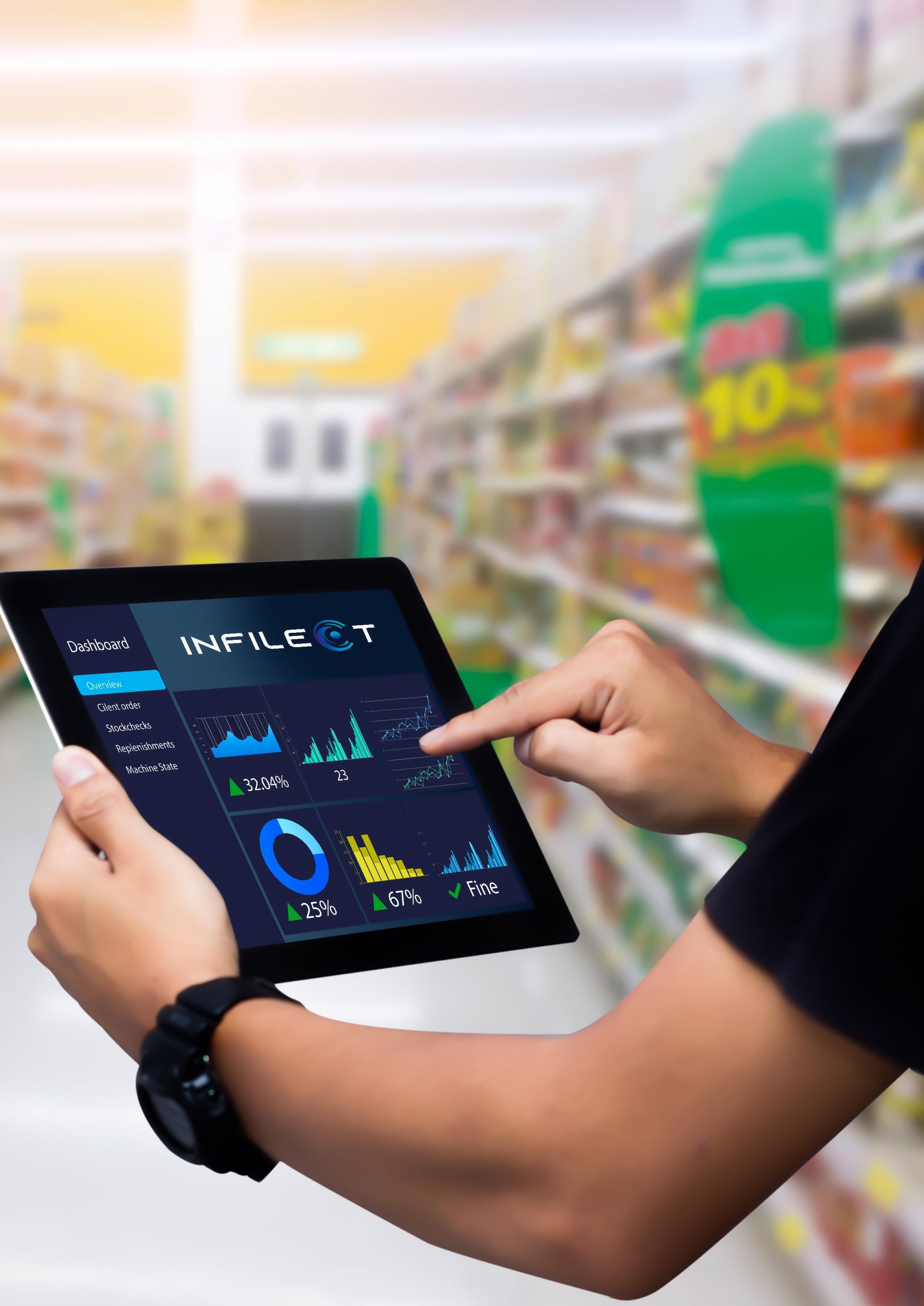
1 minute read
INVENTORY TURNOVER
from 50to62
by Sivakumar M
Inventory turnover is a financial metric that measures how quickly a company’s inventory is sold and replaced over a given period of time. In the context of CPG sales, inventory turnover is a key indicator of a company’s sales performance and operational efficiency.
Inventory turnover is calculated by dividing the cost of goods sold (COGS) by the average inventory level over a given period. The resulting ratio represents the number of times a company’s inventory is sold and replaced over the same period.
Advertisement
For example, if a CPG company had $1 million in COGS and an average inventory level of $250,000 over the course of a year, its inventory turnover ratio would be 4. This means that the company’s inventory was sold and replaced four times during the year.

A high inventory turnover ratio indicates that a company is selling its products quickly and efficiently, which can be a positive sign of strong sales performance and operational efficiency. However, a very high inventory turnover ratio can also suggest that a company is carrying too little inventory, which can result in stockouts and lost sales.
Conversely, a low inventory turnover ratio may indicate that a company is carrying too much inventory, which can tie up capital and increase carrying costs. It can also suggest that products are not selling as quickly as expected, which can be a warning sign of poor sales performance.
Here’s how CPG companies can leverage image Recognition to elevate their inventory turnover:

Real-time inventory tracking: CPG companies can use image recognition technology to track inventory levels in real time, allowing them to quickly identify when products are running low and need to be restocked. This can help to ensure that customers always have access to products, which can increase sales and improve inventory turnover.
Demand forecasting: Image recognition technology can assist CPG companies in forecasting demand for their products by analyzing sales data and consumer behavior patterns. This can help businesses plan their inventory levels more effectively and ensure that they always have the right products in stock.










